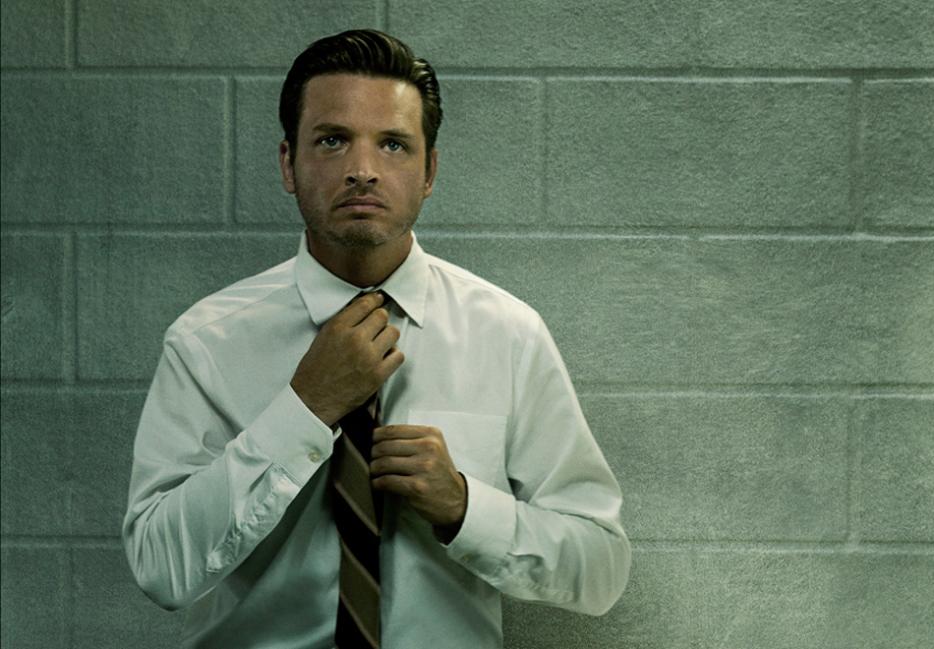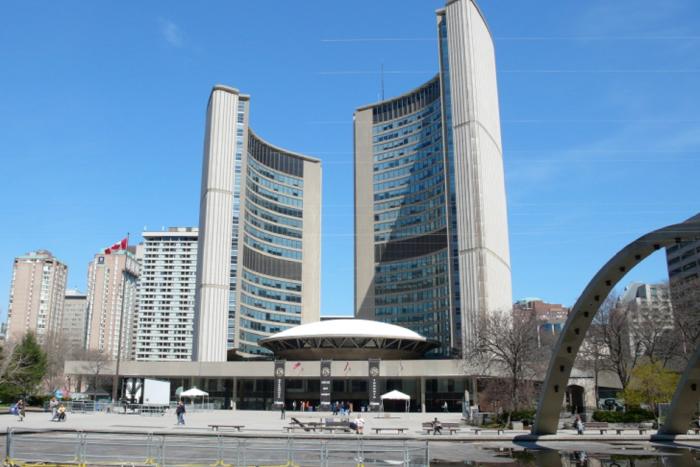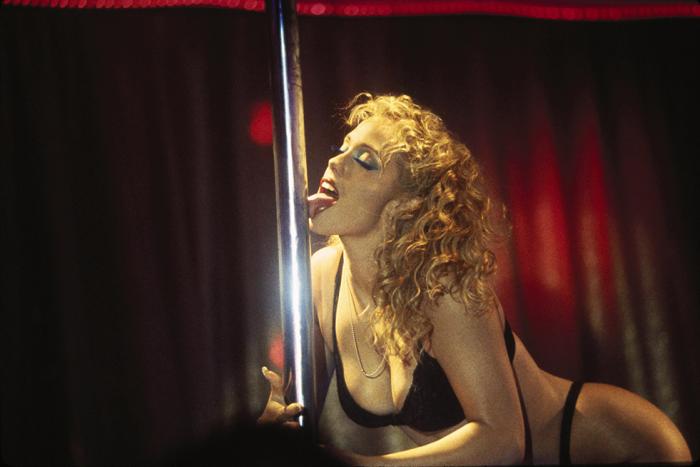I watched the first season of Rectify this week, which just wrapped up its six-episode run on the Sundance Channel (and is available on Netflix, for anyone already strapped into their couches for Sunday’s Arrested Development deluge). Created by Ray McKinnon—best known for walking the mean streets of Deadwood with a tumor sucking on his brain—it’s a show about Daniel Holden, a man fresh out of prison after 19 years on death row for the rape and murder of his teenage girlfriend.
Holden was only 18 when he went away, and his release, based on new DNA testing, stirs up decades of ugliness in his humid Georgia hometown. Some people want to see him locked back up; even his supporters struggle for ways to deal with him. He’s a solemn and broken man, a husk who talks about his stretch behind bars as one spent focused on the “time between the seconds.” That sort of lyrical lucidity peppers the show’s dialogue, but it’s inevitably checked by long spells of silence, by stone-faced stares and wet and empty eyes, by the confused movements of a man who figures he should be dead and isn’t quite sure if he’s actually alive. He doesn’t act as if the universe owes him a debt for time unjustly served, though nor does he seem as if he thinks he deserves to walk among the unsullied living. There’s no way to easily attach meaning to his behaviour, either, because the show purposely refuses to divulge whether he’s guilty or innocent.
And yet, Rectify is not really a mystery. The whodunit element pops up occasionally, but in no way does it dominate the narrative. Maybe he did it, alone or with help; maybe he was framed or coerced; maybe he’s the sort of person who, whether he committed the crime or not, a jury would have trouble finding criminally responsible. Those questions matter, but they’re not presented as part of a code to crack or a puzzle to put together—Rectify is all aftermath, a slow and careful study of how people with varying degrees of separation respond to trauma and horror and life-destroying accusations. The facts of the past aren’t irrelevant, but in the absence of absolute truth, how do you gauge a person’s character?
That’s been the question of the week. Either a video of Toronto Mayor Rob Ford smoking crack exists or it doesn’t; if it does, as Navneet Alang wrote for Hazlitt this week, it is most certainly real and not some elaborate ruse, the protestations of the city’s armchair visual effects artists notwithstanding. Ford, his city councillor brother Doug, and an ever-dwindling coterie of fellow travelers seem to be the only ones (perhaps on Earth) publicly throwing water on the idea of such a video anymore. This is a stance predicated on the assumption that there is a very real conspiracy at hand, be it one perpetrated either by competing media organizations or by a gang of drug dealers apparently so gifted in digital editing that it boggles the mind why they’re wasting time selling crack in Rexdale when, clearly, Hollywood is calling. Nobody really thinks the Fords believe this, of course, but that’s the play they’ve been acting out, with the mayor taking his unaccountable obstinacy to brave new heights in the process. For them, however, limiting the story’s narrative to the mystery of the video is crucial: if the conversation starts and stops with evidence that you can hold in your hand and slam down on the counter, then it suddenly becomes easy to dismiss the idea of there being a conversation in the first place.
Except the mystery is moot. The week-plus since Gawker and the Toronto Star published their reports of the video became an impromptu test of Ford’s character, and he decided to spend that test period eating erasers: slinking in and out of buildings, dodging questions, firing loyal staff members who dared show concern for his health. Any goodwill the potentially problematic Crackstarter campaign or the misguided proposal for a sit-in outside his Etobicoke home might have engendered was Super-Glued to the side of a rocket and shot into the sun when he finally issued a Friday afternoon non-denial denial through the most shit-eating of smirks, a performance that left little doubt among the hive-mind that if there ever were a video, the man at the microphone probably owned it now. But while the mayor and his remaining supporters reveled in the glory of an epic twist, they ignored that the story was very much moving on around them. As new Hazlitt contributor John Michael McGrath wrote at the outset of the week, the most important question isn’t whether or not Ford smoked crack, but rather, whether or not he is a man that his constituents can trust. The plot may not progress quite as quickly from this point on, but it seems as if we’re about to find out who these characters really are.
*
While we’re here, a formal welcome to the aforementioned Mr. McGrath, who’ll now be appearing on Hazlitt several days a week, writing about politics, current affairs, and all manner of things designed to bum you out first thing in the morning. Nick Hune-Brown also made his debut here this week, and his is thankfully another byline you should get used to.
Oh, and we launched The Arcade, a brand new podcast produced and hosted by Anshuman Iddamsetty. I can’t tell you what to do with your life, but as your lawyer, I strongly advise you to subscribe to it on iTunes. Also, don’t smoke crack.
Read The Gift of Ford, a Hazlitt E-Book Original by Ivor Tossell.






